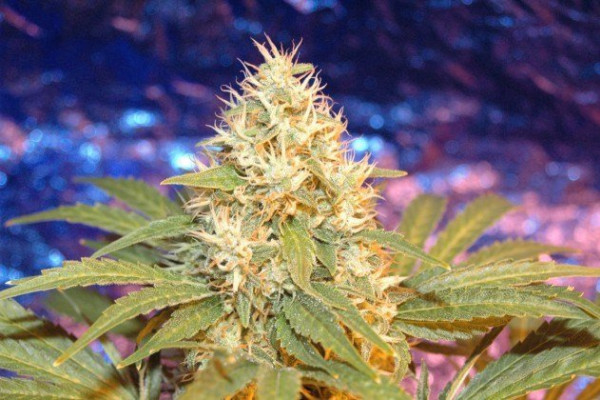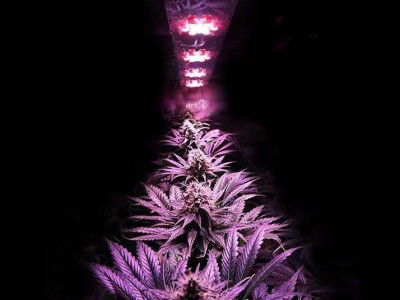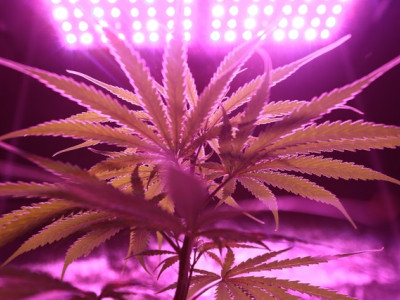0.00 грн.
CheckoutEnvironmental influences on cannabis color

In the hope of growing an unusual plant, growers ask themselves: "What determines the color of cannabis, and can you adjust the color scheme to your own preferences?" The appearance and characteristics of a plant are more dependent on genes. If your bush is “not sharpened” for color changes, then adjusting external factors will not lead to the desired result: the plant may and will change color, but this will affect its health and productivity. If you want to get “colored” marijuana, you should choose strains with the appropriate “functionality”.
However, the external environment also plays a significant role. Changing the light period, temperature, and acidity of the soil can change the color of the plant. It is about how to adjust the color of cannabis with the help of changes in environmental conditions that will be discussed in this article.
Why marijuana changes color
Colored cannabis strains contain a water-soluble pigment called anthocyanin. Depending on its concentration, the shade of the plant varies: from yellowish to dark blue. It is noteworthy that the appearance of such shades is provoked not only by the presence of pigment, but also by incorrect feeding. With a lack of potassium, phosphorus and an excess of nitrogen, some varieties change color, which misleads the grower. It may seem that you got a bush in an unusual color scheme, but in fact, cannabis is simply not eating properly. Thus, the right diet is one of the answers to the question: “How does cannabis get its color?”
To protect yourself from such problems, it is recommended to purchase seeds from trusted suppliers. In the Coffeeshop® online store, you can buy everything for growing marijuana. We guarantee the high quality of the product, we give a guarantee on it, so our customers can be sure that they will receive exactly what they order. (However, we remind you that cannabis cultivation is allowed only in the territories of those countries where it is legally allowed).
If you are confident in the manufacturer, but your plant has changed color not only on the leaves, but also on the trunk and cuttings, you should check the quality of the substrate and fertilizer.
Why cannabis changes color when it blooms
When the light period changes and the temperature drops, the phosphorus content in the soil changes. Cannabis reacts to this by changing the color scheme - the amount of chlorophyll in the leaves decreases, and purple or slightly reddish hues appear.
In strains with a predisposition to color changes, these changes are harmless, because they are a natural reaction to changes - the arrival of autumn. It follows that a change in color at a different growth period should alert the grower.
How acidity affects cannabis colors
The recommendations for some strains indicate that a certain shade will only occur if the pH of the root zone is maintained at an accurate level. If you follow the manufacturer's recommendations, but the plant has the wrong color, you should do the following:
- Rinse the roots with a neutral liquid. Your task is to remove excess salts and adjust the alkali content.
- Use special products to set the desired pH level. They can be purchased at flower shops.
You can understand that the plant has recovered by the leaves: fresh shoots should have a healthy green color.
How temperature affects cannabis color changes
When the temperature in the grow box drops to 10°C, many strains change color to bluish and purple. This is stressful for sativa, but some indica-dominant strains are able to survive such inconvenience and form a beautiful purple crown. It is worth saying that most strains change the color of the leaves to the original as the temperature increases.
How cannabis changes color with increased UV light
All parts of plants, including roots, contain anthocyanin and flavonoids, which together protect the plant from UV light. With an increase in the intensity of lighting during the flowering phase, these pigments become larger, which changes the color of not only the leaves, but also the cones.
In addition to the fact that these compounds affect the colors of marijuana, their presence increases the medical effect of cannabis. It helps in the fight against migraine, inflammation and psychological disorders. However, too intense light can burn the plant, which is why it is not recommended to abuse such experiments.


